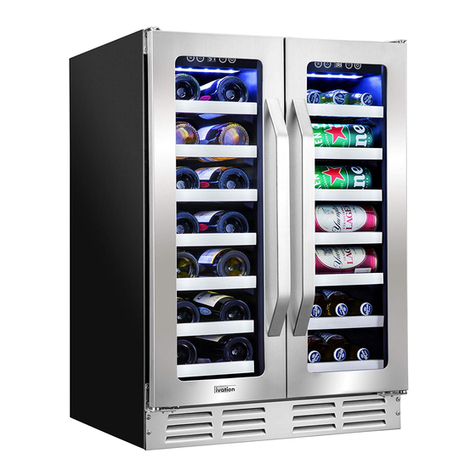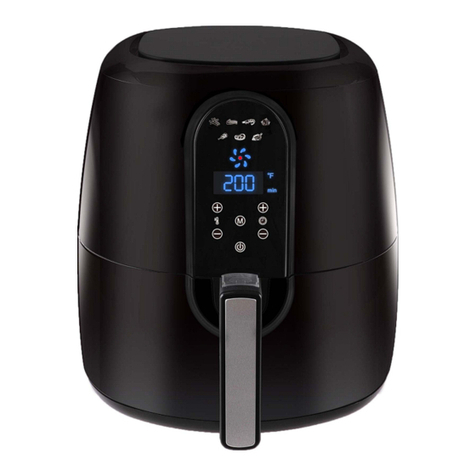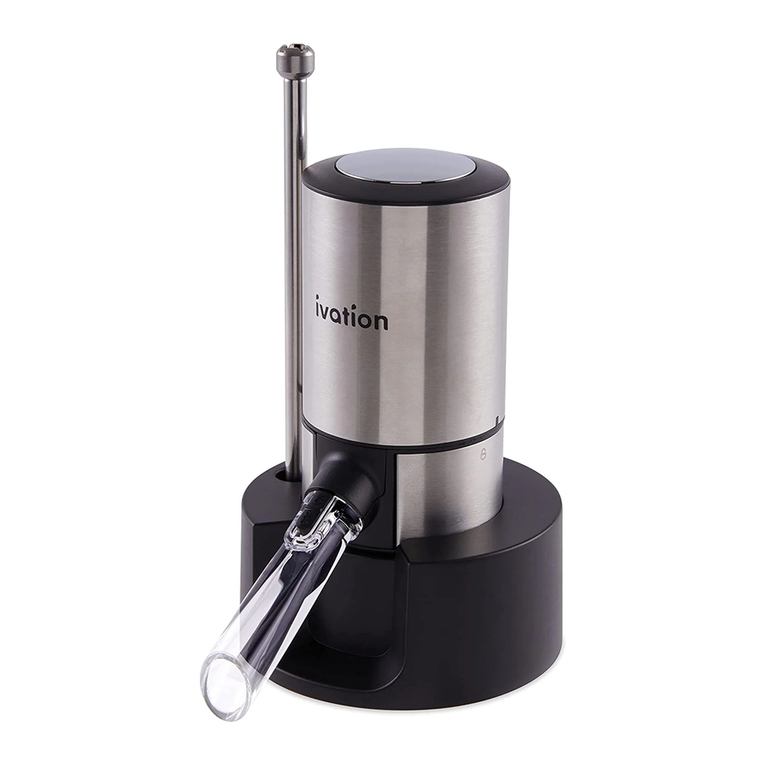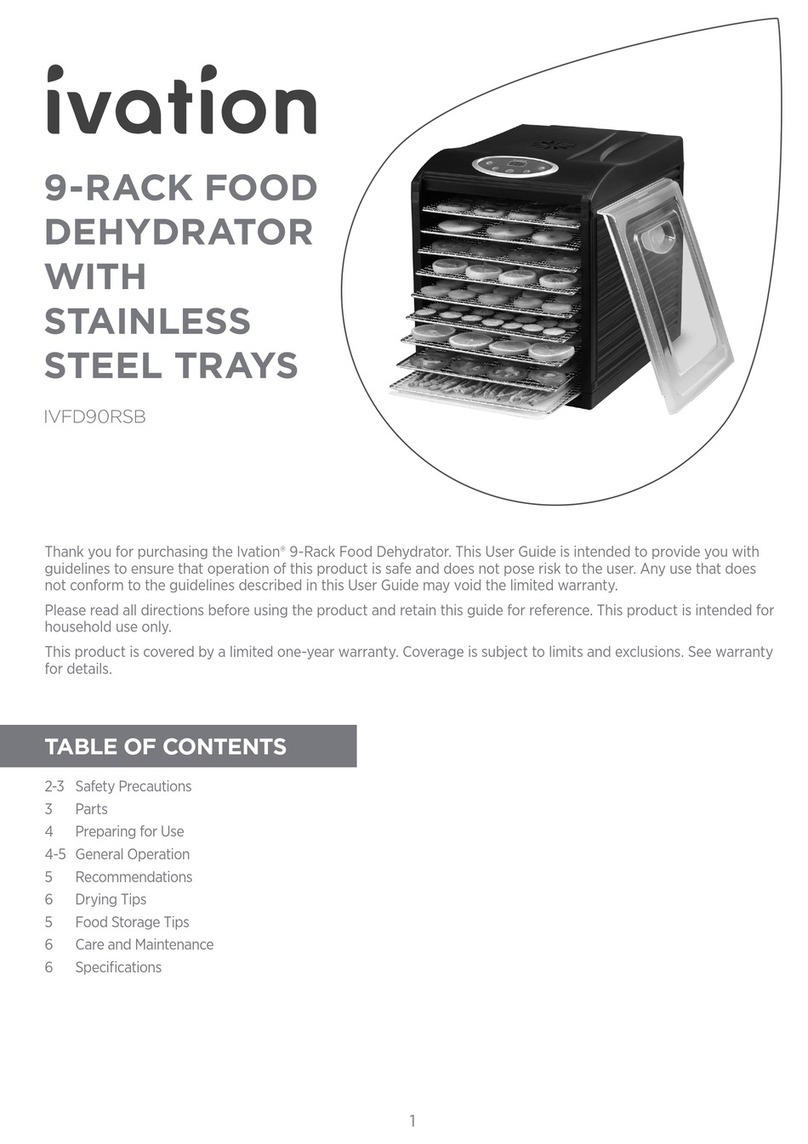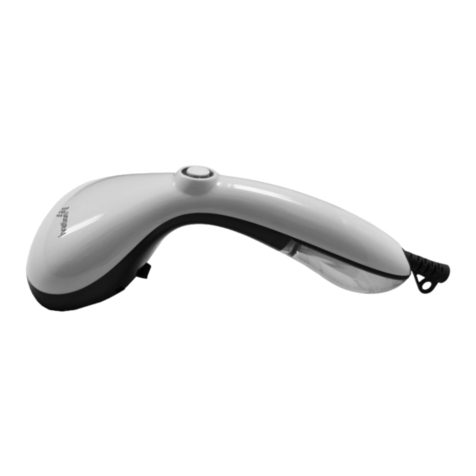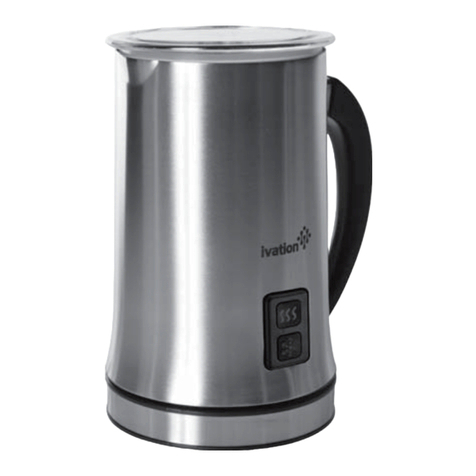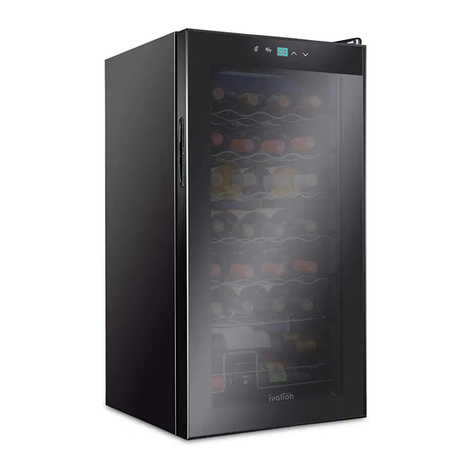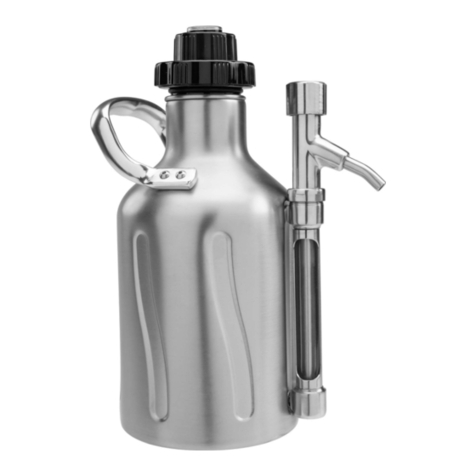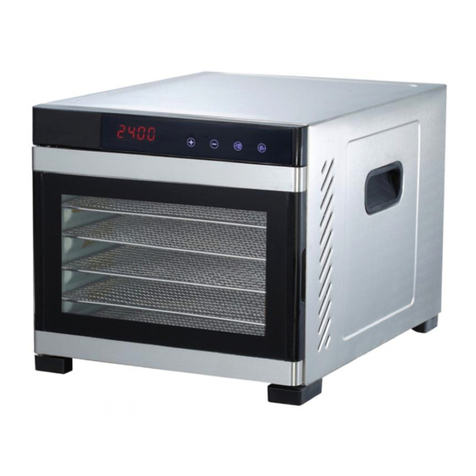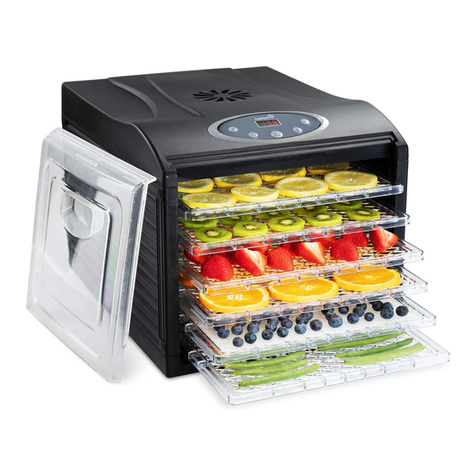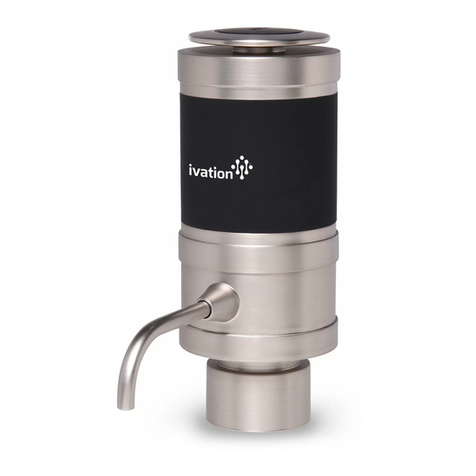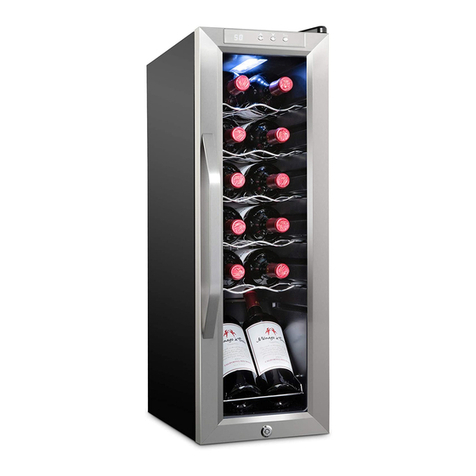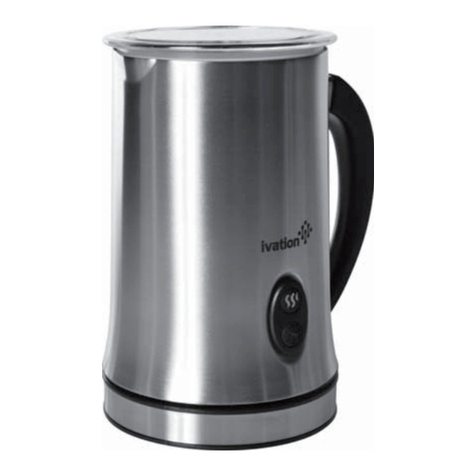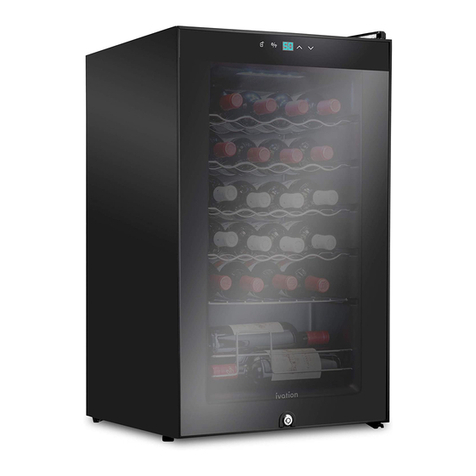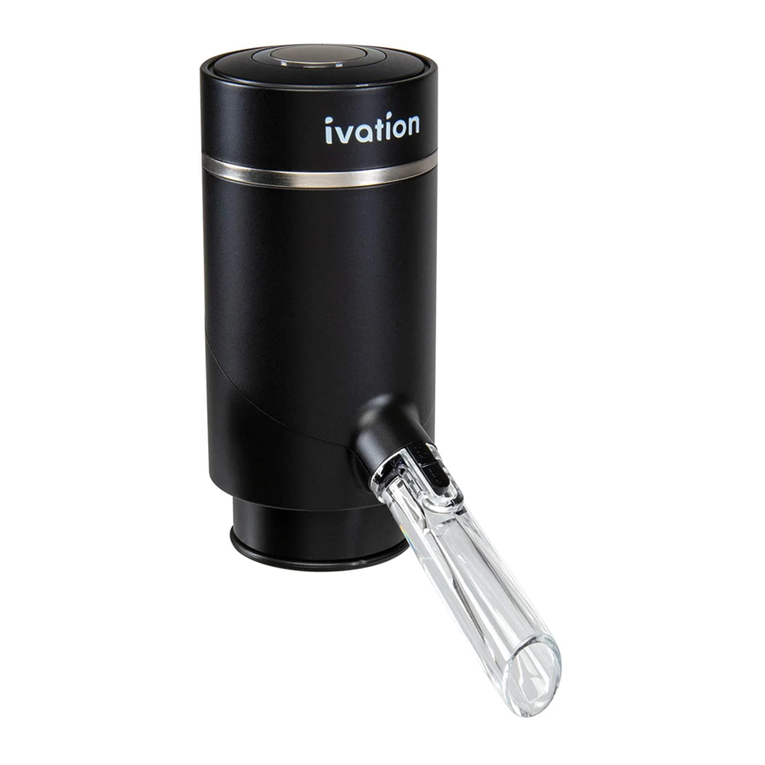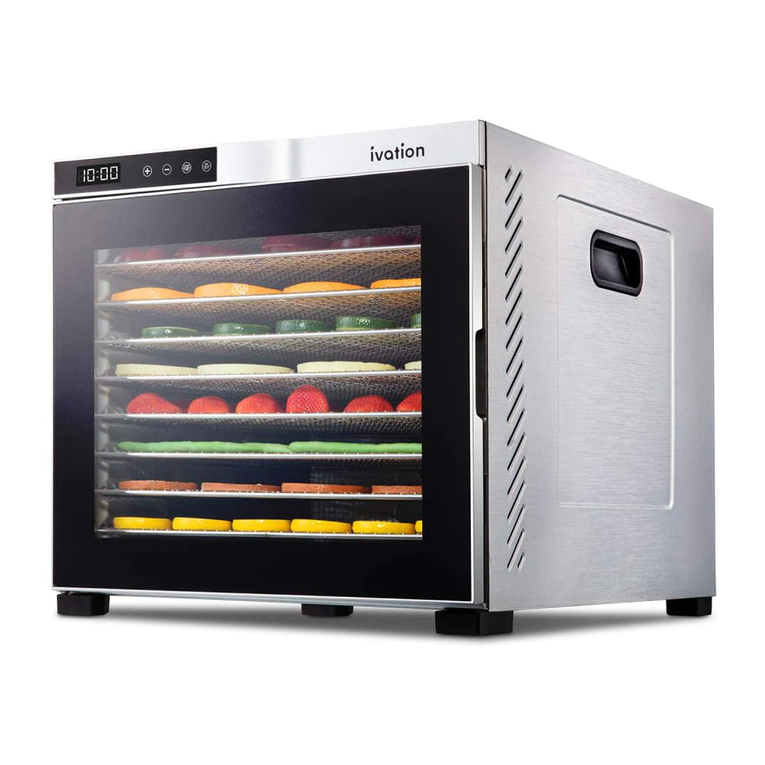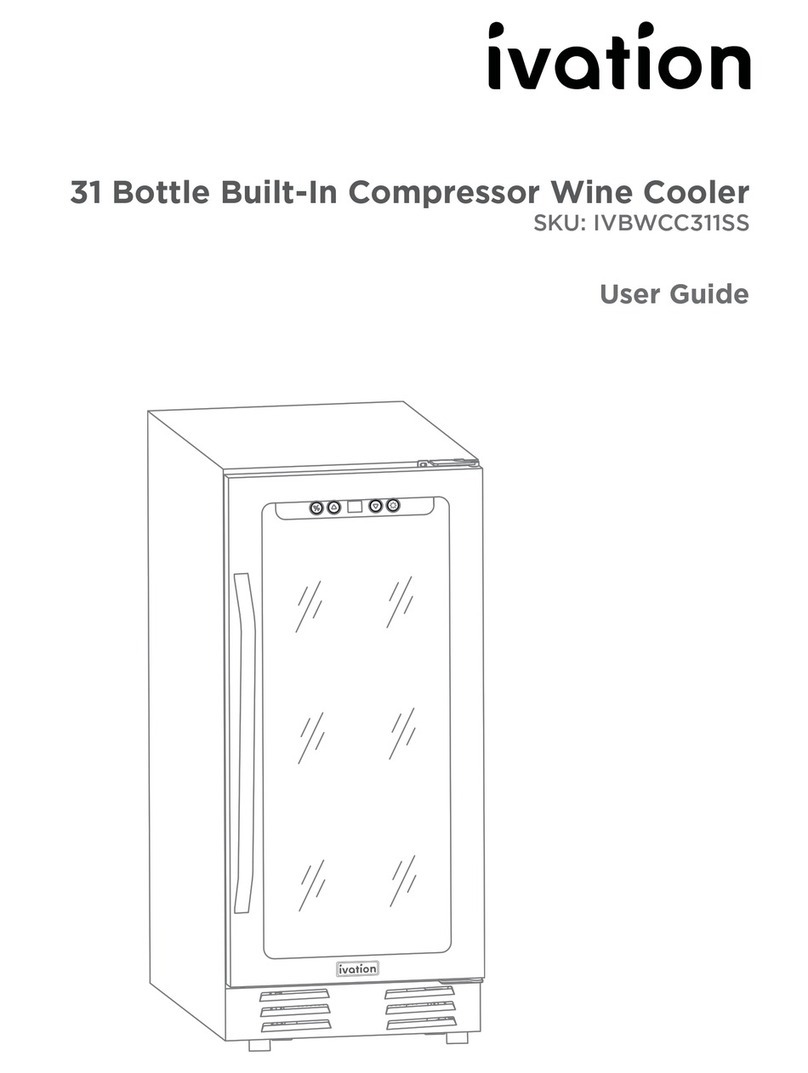IMPORTANT FOOD STORAGE AND SAFETY INFORMATION
This vacuum sealer will change the way you purchase and store foods. Once you are
accustomed to vacuum packing, it will become an indispensable part of your food
preparation. When preparing and vacuum-packing foods using your vacuum sealer, there
are certain procedures that must be followed to ensure food quality and safety. Review this
section carefully for you protection:
1. In foods, chemical reactions to air, temperature, moisture, enzyme action,
microorganisms, or contamination from insects will cause food spoilage.
2. The main reason foods lose nutritive value, texture, flavor, and overall quality is oxygen.
Most microorganism growth relies on air which carries moisture into and out of foods
unless they are protected with moisture-proof packing. Frozen foods being exposed to
freezer air will result in freezer burn.
3. Vacuum-seal packing removes up to 90% of the air from the package, inhibiting
microorganism growth.
4. In general, there have three main categories of microorganisms: mold, yeast and
bacteria. They are present everywhere, but only under certain conditions can they
cause problems.
5. In a low oxygen environment or in the absence of moisture, mold can’t grow. With
moisture, sugar and a moderate temperature, yeast can grow with or without air.
Refrigeration will slow the growth of yeast, and freezing stops it completely. Bacteria
can grow with or without air.
6. An extremely dangerous type of bacteria is clostridium botulinum, which can grow under
the right conditions without air in the temperature range of 40˚F to 115˚F (4˚to 46˚C).
Conditions that promote growth in foods are low acid, low oxygen environment, and
temperatures greater than 40˚F (4˚C) for extended time periods.
7. Frozen and dried foods, foods high in acid, salt, and sugar are more resistant to
botulinum. Non-acid foods include meats, seafood, lye-cured olives, poultry, fish, eggs
and mushrooms. Low-acid foods are mostly vegetables. Medium-acid foods include
overripe tomatoes, onions, chili peppers, figs and cucumbers; these are easily susceptible
to botulinum.
8. Refrigerate or freeze perishable foods properly, and consume them immediately
after heating.
9. Some dried foods such as flour and cereals may contain insect larvae. If not vacuum-
sealed, larvae may hatch during storage and contaminate the foods. To prevent weevils
and other insects from hatching, store these foods in vacuum-sealed packaging.
10. Refrigerator temperatures greater than 40˚F (4˚C), especially for extended periods of
time, it will support the growth of harmful microorganisms. Keep the temperature at
40˚F (4˚C) or below.
11. Freezer temperatures of 0˚F (-17˚C) or lower are suitable for storing foods. Although
freezing does not kill microorganisms, it inhibits their growth.
12. The vacuum-sealed storage temperature will affect dried foods. Their shelf life can be
extended 3 - 4 times for every 18˚F (10˚C) drop in temperature.
9
